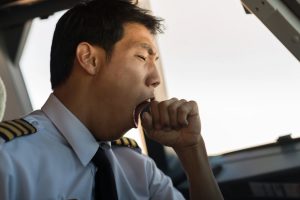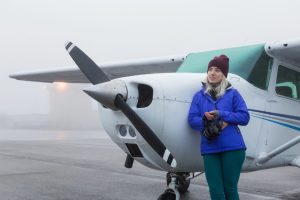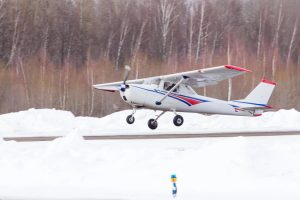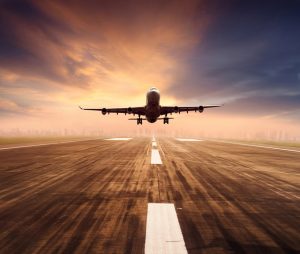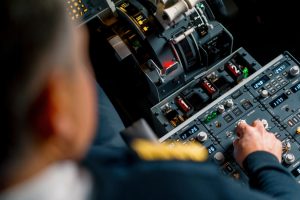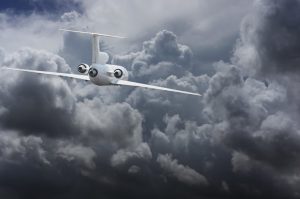Preventing Pilot Fatigue: Science-Backed Tips for Staying Sharp in the Sky Fatigue is one of the most persistent and underestimated threats to aviation safety. Even…
Aviation regulations are fundamental to ensuring the safety of pilots, passengers, and the broader public. For pilots, understanding and adhering to these regulations is not…
Winter Flying Supplies Checklist for Pilots Flying during the winter months presents unique challenges for pilots. Cold temperatures, icy conditions, and limited daylight demand additional…
What New Pilots Should Know About Flying Internationally Many new pilots have the goal of flying internationally, which can be a notable milestone to reach…
Tips for Operating Planes in Winter Winter flying presents unique challenges for pilots, from icy runways to frigid temperatures that affect aircraft performance. Preparing properly…
Which Commercial Airplanes are the Fastest? Modern technology has made it easier than ever to travel the globe. If you are going to another country,…
Is Turbulence Worse at Different Times of Year? For those who often find themselves soaring through the skies, turbulence is a familiar sensation that tends…
So, you’ve got a pilot in your inner circle and you’re on a mission to give them something that’ll soar above every other gift they’ll…
As aviation technology continues to advance, there are many types of planes flying through the skies. Can you identify different planes based on their appearance…
